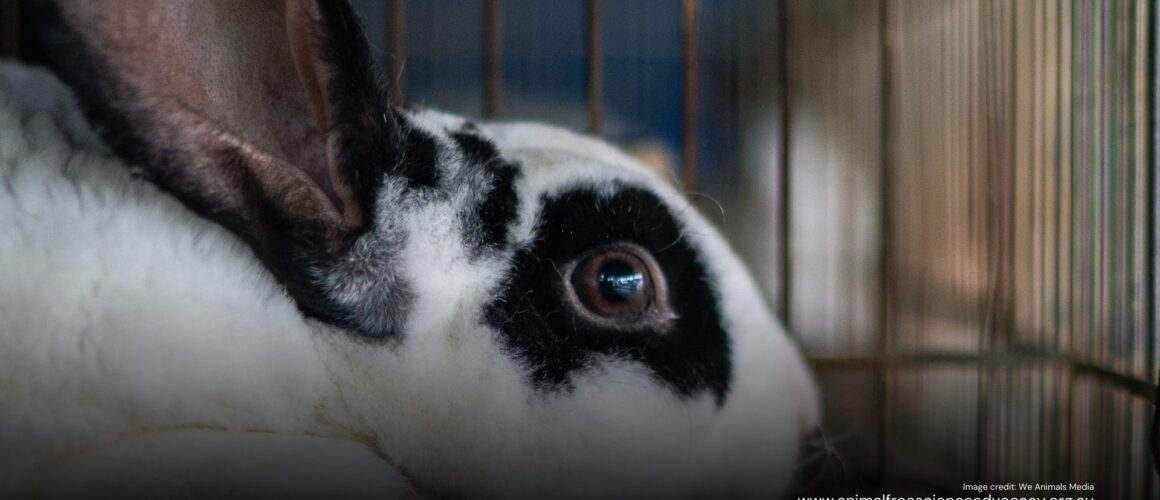Unfortunately, we were not able to make the book launch of ‘The Legal Recognition of Animal Sentience: Principles, Approaches and Applications’ edited by Jane Kotzman and M B Rodriguez Ferrere. Having now purchased a copy; I turned first to the chapter ‘Animal Sentience Recognition: Possible Implications for Animals in Research’ by Jane Kotzman and Hope Ferdowsian.
Whilst there are differing definitions of sentience, the term is broadly understood as the capacity to sense or feel.
Should sentience be legally recognised, how would this impact animals used in science? The authors put forward several suggestions as to the benefits:
- Recognising that an animal is sentient may lead to the recognition of their associated vulnerability and in many circumstances, dependence on humans to protect vulnerable animals from harm. Conceiving animals as sentient and thus potentially vulnerable could result in heightened protection by animal ethics committees and a reduction in the number of animals used.
- Thinking of animals as sentient, relational beings may remove scientific objectivity which categorises animals as research subjects or tools.
- The similarity in sentience between humans and animals may increase the protection they are afforded.
- Species known for their sentience such as non-human primates could be excluded from research (as has been the case for chimpanzees).
- A precautionary principle of sentience would include more species within the scope of legal ‘protection’, such as decapod crustaceans which are not currently covered by the Australian Code for animals in science.
- Recognising that animals are sentient may increase public awareness and transparency of animal use industries, including animals in research and teaching.
However, given that animals used in research and teaching are excluded from general legal protections, express recognition of animal sentience in animal welfare legislation may not have tangible benefit. For example, the ACT Animal Welfare Act recognises sentience, but there is an exemption for activities conducted in accordance with a Code of Practice, including the Australian code for the care and use of animals for scientific purposes.
In cases where animals in research are covered by general legal protections without exemptions, the inclusion of sentience may raise the bar for the application of qualified legal terms such as ‘unnecessary suffering’ or ‘reasonable’ given the recognition of sentience and as such understanding of the need for protection.
The chapter does not conclude that legal sentience protection will provide a radical change for animals in research; but suggests it may contribute to a paradigm change where the presumption is against animal use; a vision supported by AFSA.
I’m now looking forward to reading the remaining chapters and sure there will be more findings which could also be applied to animals in research.
Purchase the book here.
Author Bios:
Jane Kotzman
https://www.globalanimallaw.org/experts/jane-kotzmann.html
Hope Ferdowsian
